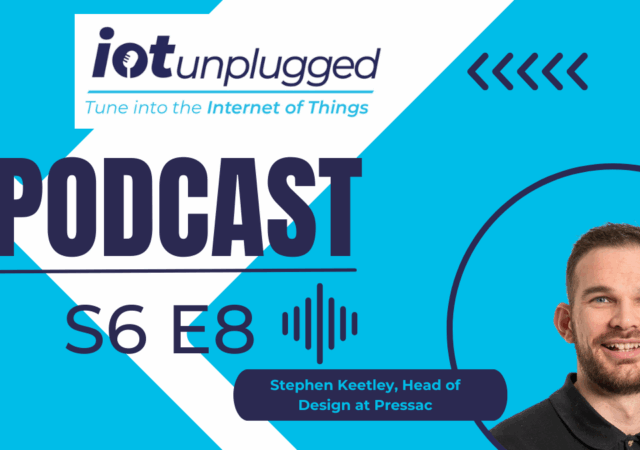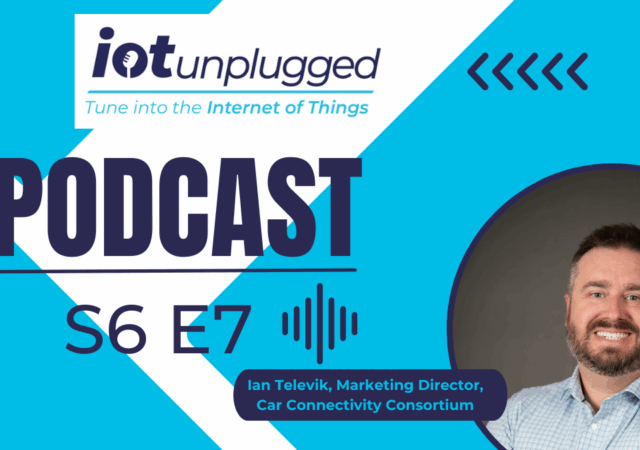The IoT-enabled smart home can have a transformative impact on those living with disabilities, writes Sameer Sharma, AVP, IoT Business Unit, MediaTek
In today’s world, the way that technology integrates with our living and working spaces has undergone a dramatic shift. While smart homes may have once been seen as a luxury, today roughly 39% of UK households utilise smart devices, with this figure expected to increase to just over 50% by 2027.
Despite this, only a small fraction of homes in the UK have the most basic accessibility features. In England, only 9% of homes meet the basic accessibility standard, with around 400,00 wheelchair users living in unsuitable homes.
Advancements in home technology could dramatically change this; combining agentic AI with smart homes brings the possibility of creating a more accessible and independent living environment for those with disabilities.
How does AI fit into smart technology?
Agentic AI systems allow for smart technology to not only respond to commands but to anticipate user needs and autonomously adjust to suit them. Where traditional AI might require direct prompts, agentic AI has the ability to observe and learn from patterns. Alongside this, it can also act in accordance with factors such as lighting or climate, based on location, environment and habitual activities.
This can vastly improve the performance of existing smart home devices, transforming them from passive tools to active partners, while also paving the way for the increased intelligence, personalisation and adaptive abilities of future smart home technology.
Smart homes and accessibility
Agentic AI can be applied to smart home technology in various ways to benefit users with specific accessibility needs. Through hands and voice-free control, smart homes can be transformative for those with mobility impairments through personalised daily assistance.
One example of this is acting based on sensors or habitual context. For instance, smart homes can detect when someone enters a room and automatically adjust lights or start a device in response to this. This makes it easier for those with limited mobility to travel through their homes with ease, reducing reliance on others for daily tasks or needing to follow complicated processes.
Agentic AI can also provide personalised daily assistance by linking to phones or other wearable technology like smart watches. This allows access to calendars and important health metrics, which could in turn allow smart homes to be used for medication reminders or monitoring health metrics, providing extra security for those with serious medical conditions.
The long-term benefits
Already, we are beginning to see the extent of the impact such innovation in smart technology is having on those with disabilities or accessibility issues. Smart homes can drastically reduce reliance on others for daily tasks and creates an environment that is truly supportive of changing needs over time.
An additional benefit of smart home technology is the long-term cost-effectiveness. As advancements in tech continue to take place, smart homes can contribute to lowering costs and reliance on carers and healthcare systems, demonstrating how technology can ease the strain on national systems. On a smaller scale, they can significantly reduce energy expenses by turning off unused lights or appliances based on real-time needs, saving on costs for the consumer and building towards a more sustainable future.
An inclusive future for all
As the momentum towards accessibility is becoming driven by policy like the EU Accessibility Act, global digital strategy is set to shift, where accessibility is no longer optional but essential. The potential to transform lives for those with disabilities has never been greater, and advancements in AI and smart home technology are central in creating such change.
By helping individuals with accessibility issues to feel more at ease within their homes and gain independence, smart home tech goes far beyond simply improving convenience; it can be a transformative step in building a future that is inclusive for all.

Sameer Sharma is AVP of the Edge AI & IOT BU (Americas & Europe) at MediaTek. He is a thought leader and serial-intrapreneur in Edge to Cloud AI IoT ecosystem, having driven multiple strategic initiatives to scale over the past 24 years.
There’s plenty of other editorial on our sister site, Electronic Specifier! Or you can always join in the conversation by visiting our LinkedIn page.










